Importance of calcium and phosphorus in poultry
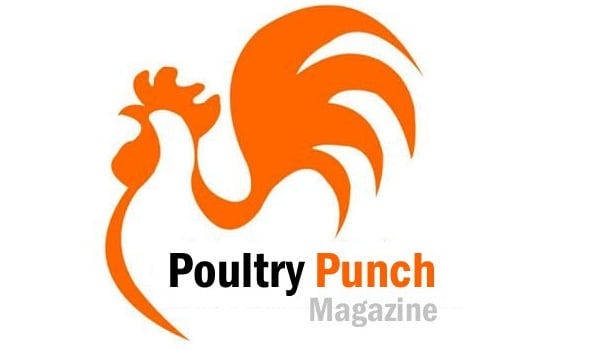
Vipin1, Kundan Kumar2, Promod Kumar Soni2
1Ph.D. Scholar, ICAR-National Dairy Research Institute
2ICAR- Indian Veterinary Research Institute
Introduction
Calcium (Ca) and phosphorus (P) are closely associated with metabolism, particularly in bone formation. The major portion of dietary calcium is used for bone formation in growing chicks and for eggshell formation in mature hens. The phosphorus in plant-based feedstuffs is poorly available because much of it is present in phytic acid and is no released by digestive enzymes. The availability of phosphorus can be increased by dietary phytase of microbial origin. Efficient utilization of calcium and phosphorus depends on the presence of an adequate amount of vitamin D in the diet. An excess of calcium induces a phosphorus deficiency. Likewise, an excess of phosphorus induces a calcium deficiency.
Calcium and Phosphorus Deficiency
Deficiencies of calcium and phosphorus in the diet of growing broiler chicks cause rickets. Differentiating rickets from a calcium deficiency from rickets due to vitamin D deficiency or tibial dyschondroplasia requires histopathological examination. Tibiae from chicks fed a calcium-deficient diet for 2 weeks show widening of the proliferating prehypertrophic zone of epiphyseal cartilage and irregular contours in the boundary between the zones of proliferating and hypertrophic cartilage.. A phosphorus deficiency results in similar histopathology but with a marked lengthening of the columns of degenerating hypertrophied epiphyseal cartilage and metaphyseal primary spongiosa. In severe cases of rickets, chicks display a spraddle-legged posture, folding fractures, and bowing or rotation of the tibiotarsus. In a study of field rickets in broilers, calcium deficiency typically causes accumulation of proliferating chondrocytes, whereas a phosphorus deficiency causes accumulation of hypertrophic chondrocytes in the metaphyseal zone. Fluoride appears to interact with dietary P to induce rickets. Blood calcium levels are defended relatively well by the vitamin D-PTH endocrine system but calcium deficiency progressively alters electro- and echocardiographic parameters in broilers, suggesting decreased cardiac function. Severely phosphorus-deficient chicks have increased respiratory rates, polycythemia, ascites, and decreased CO2 and O2 levels, presumable due to poor rib strength and in folding, which interfere with respiratory movements of the rib cage. In laying hens, calcium deficiency results in reduced egg production and thin-shelled eggs as well as calcium mobilization from bones, first by complete removal of the medullary bone, followed by gradual removal of the cortical bone. Finally, bones become so thin that spontaneous fractures may occur, especially in vertebrae, tibia, and femur. This condition may be associated with a syndrome commonly termed “cage layer fatigue.” Although a marginal calcium deficiency has often been found to be a triggering agent in cage layer fatigue, the syndrome is not due to a simple deficiency of calcium but also involves other etiologic factors.
Excess Calcium or Phosphorus
Excess calcium causes a phosphorus deficiency and the development of Rickets in broilers. In leghorn pullets, excess calcium causes urolithiasis, nephrosis, and visceral urate deposition. An excess of calcium interferes with the digestibility of, other minerals in addition to phosphorus, including magnesium, manganese, and zinc; this may result in secondary deficiencies. High dietary levels of these minerals decrease the toxicity of calcium. Excess phosphorus causes a thinning of the egg shell independent of calcium status.
Table- Requirement of Calcium and Phosphorus for Poultry Feeds (IS 2007)

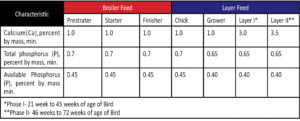
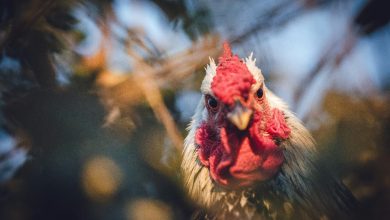
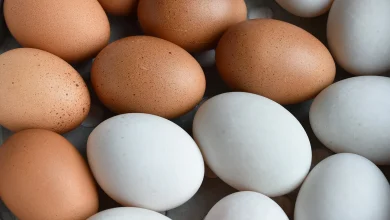
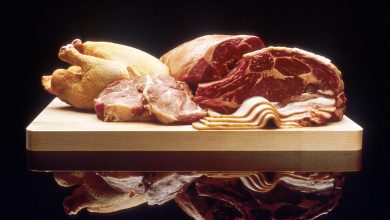
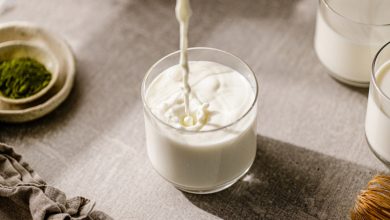
Hey, you make a great job with https://thepoultrypunch.com. The article about
Importance of calcium and phosphorus in poultry helps me and my friend Adela a lot in our Weight Loss.
We have had a Custom Keto Diet plan from here: http://keto-diet.center You can have
it too! Life is so beautiful, I am so happy! 🙂 Kiss you all!!!